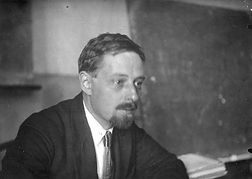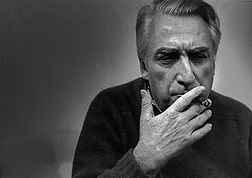

TH
TALEN HAMILTON
MEDIA STUDIES A LEVEL
8098
Narrative Theory
The way in which a story is told in both fictional and non-fictional media texts.
Vladimir Propps
Character theories are often based on stereotypes portrayed within a film that we as viewwers are use to seeing in a film, e.g. a villan. The use of a narrative theory helps film writers and directors accept one of the narrative theories, such as Vladimir Propps given theory. Which follows a detailed theory compared to others such as Goffman and also Bartle. It is said that Propp describes his narrative theory in seven steps, under each step is an example from a given film to show a relationship between film directors and their will to staying true towards a narrative theory;
1. The Villan 2. The Donor 3. The Helper 4. The Princess 5. The False Hero 6. The Dispatcher 7. The Hero
(Batman, The Dark Knight Rises - Director : Christopher Nolan)
1. Bane. 2.Alfred (Butler) 3. Catwoman 4. Selina 5. Bane 6. Commisioner Gordon 7. Batman
Ervine Goffman
Ervine Goffman was a Canadian sociologist, who was consider to be 'The most influential American sociologist of the twentieth century'. That being said his most well known studies was his contribution to symbolic interaction. Though Goffman is often associated with the symbolic interaction school of sociological thought, he did not see himself as a representative of it, and so Fine and Manning conclude that he "does not easily fit within a specific school of sociological thought" Dramaturgy is one his main focuses and areas, it was said that Goffman defined this as being categorised in three steps;
1. The thetrical representation of life 2. Consists of the front stage and back stage 3. Uses impression management as a tool.
Roland Barthes
He is a French semiologist he suggested that narrative works with five different codes which activate the reader to make sense of it.
Barthes Codes'
-
Action : A narrative device by which a resolution is produced through action, e.g. a shootout.
-
Enigma : A narrative device that teases the auience by presenting a puzzle or riddle to be solved. Works to delay the story's ending pleasurabley
-
Symbolic (connotation)
-
Semic (denotation)
-
Culture - A narrative device which the audience can recognise as being a part of a culture e.g. 'made man' in a gangster film is part of a mafia culture.
Claude Levi-Strauss
He was a Social Anthropologist, he also studied myths of tribal culture and examined how stories unconsciously reflect the values, beliefs and myths of a culture.These are usually expressed in the form of binary oppositions. His research has been adapted by media theorists to reveal underlying themes and symbolic oppositions in media texts.
Binary Oppositions:
A conflict between two qualities or terms.
For example 1970's Western films:
Homesteaders :
-
Christian
-
Domestic
-
Weak
-
Garden
-
Inside Society
Native Americans :
-
Pagan
-
Savage
-
Strong
-
Wilderness
-
Outside Society



